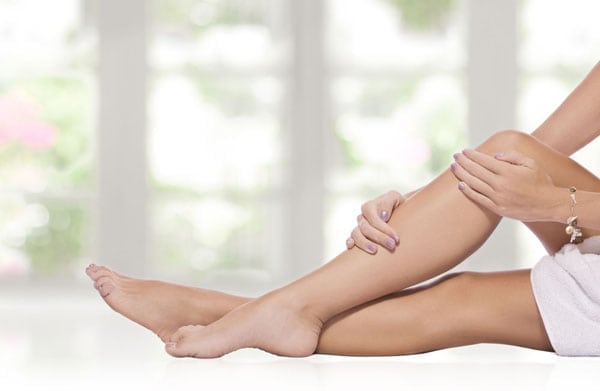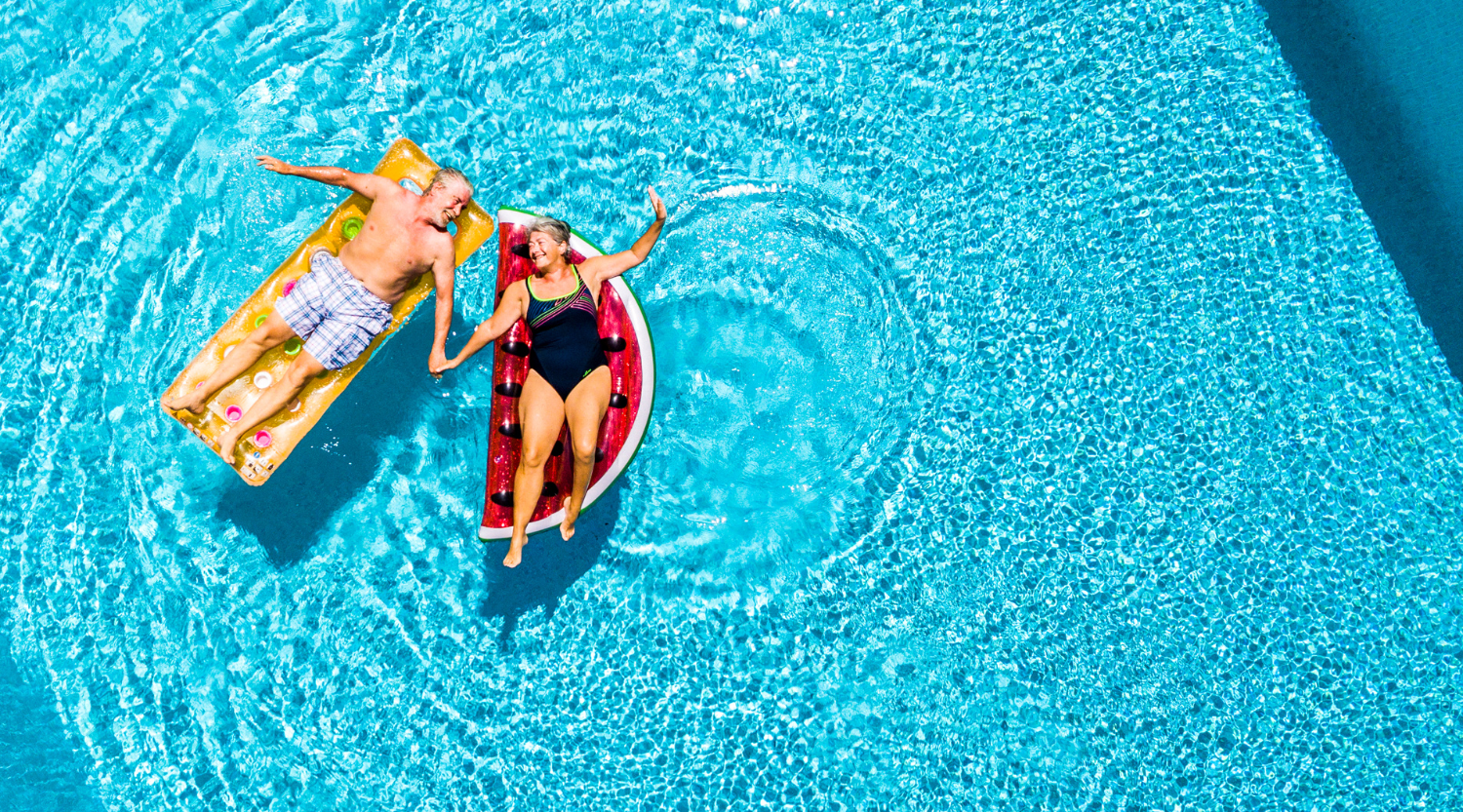Specializing in the treatment of varicose veins, blue veins and spider veins, Jacksonville’s Dr. James St. George sees patients daily who are concerned about the looks of their legs and the pain and discomfort that can come with one of these three conditions. While similar in looks and sharing related causes, the three are different and require different types or levels of treatment.
Varicose veins:
Perhaps the best known of the three conditions is varicose veins. These essentially are abnormally enlarged blood vessels filled with pooled blood. This pooling happens when vein leaflets fail to meet properly, prohibiting them from pumping blood upwards toward the heart. With no place to go, blood flows backward and pools in the varicose veins, causing them to swell above the surface. Varicose veins are greater than 3 mm in diameter and most often are found on the backs of the calves or the inside of the leg.
Blue veins:
Also called reticular veins, feeder veins and intradermal varices, blue veins are the stretched-out blue and green veins that show through the surface of the skin. This happens when the superficial veins become engorged with deoxygenated blood. Blue veins differ from varicose veins in that they range from 1 mm to less than 3mm in diameter.
Spider veins:
Spider veins are very similar to varicose veins, but are much smaller, measuring less than 1mm in diameter, and are closer to the skin’s surface. They share the same cause – pooling of blood in the veins due to weakened valves. And they most commonly appear on the legs. Spider veins, however, are most common in specific parts of the leg, including the upper thigh, the area around the knee joint, calf and ankles.
If you believe you may have spider veins, blue veins or varicose veins, Jacksonville’s St. Johns Vein Center should be your next call. Dial 877-640-VEIN (8346) or use our online form to schedule a consultation.




